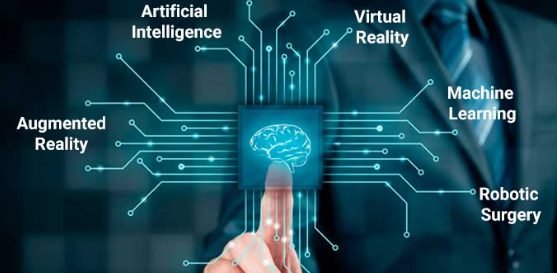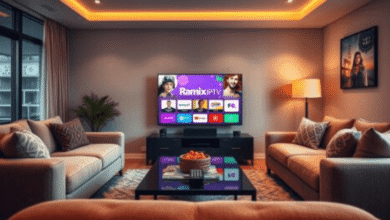Impact of Technology to Healthcare

Since ancient times, urgent care and on-demand healthcare has always been needed. Unfortunately, let alone providing healthcare services such as consultations from afar, the means to do that was unavailable because channels of communication were rather backwards. Consider the times when the fastest means of sending a message involved letters carried on foot or on horses; telemedicine could not be possible during those times. As such, development in telecommunication technologies enabled telemedicine to begin with. This is well documented by Psychology Homework Help
Research indicates that in the early 1900s, radio technology was becoming prominent in all fields. About two decades later, in 1924, Radio News Magazine’s cover story – “The Radio Doctor – Maybe” – illuminated the existence of telemedicine: the cover image shows kids seated around a new-fangled doohickey and say “ahhh” for a distant doctor on a video screen (Fenston, 2011). While that may have been the first time in history that telemedicine was viewed in the public eye, in the years that followed, to date, telemedicine has only gained popularity.
However, although Radio News Magazine may have been the first to publish the ideology, telemedicine may have as well been utilized during the civil war. According to the National Academy of Science (1996), in the period of the civil war, the military made distant communications while making orders for medical supplies and transmitting casualty lists via telegraph. As such, it is highly probable that via telegraph, medical consultations were as well made during this time. Therefore, evidence indicates that telemedicine may have as well come to birth immediately following the invention of telecommunication.
According to research, reference to telemedicine first appeared in the medical literature in 1950. The research described the transmission of radiologic images by telephone between West Chester and Philadelphia, Pennsylvania, a distance of 24 miles. In the 1950s, a Canadian radiologist constricted a teleradiology system based on the telemedicine ideology. The system was utilized at Montreal’s Jean-Talon Hospital. Later on, in 1959, clinicians at the University of Nebraska devised a two-way interactive television via which transmissions of neurological examinations amongst other information were made across campus to medical students. While their exploration concerning telemedicine did not stop at that, the clinicians, in 1964, founded a telemedicine link with the Norfolk State Hospital which is 112 miles away. Through this link, provision of neurological examinations, case consultations, speech therapy, training, diagnosis of difficult psychiatric cases, and research seminars were enabled.
While the primary motivation for early applications of telemedicine technologies was the increased concern for remote populations who had limited access to numerous health services, urban populations made use of telemedicine as well. The need to transmit information from fire-rescue units motivated the City of Miami Fire Department, in 1967, to exploit voice radio channels as tools for transmission. Advancement in those technologies has only led to more use of telemedicine in different other areas.
In 1971, the National Academy of Engineering (NAE) suggested the use of telemedicine technologies which allowed combined applications in urban as well as in rural areas. Those would include technologies that supported physician services for nursing home patients and supervision via technologically enabled devices of nonphysician providers in ambulatory care clinics.
(To order a similar essay paper, kindly follow the link below
https://annotatedbibliographywritingservice.com/)





